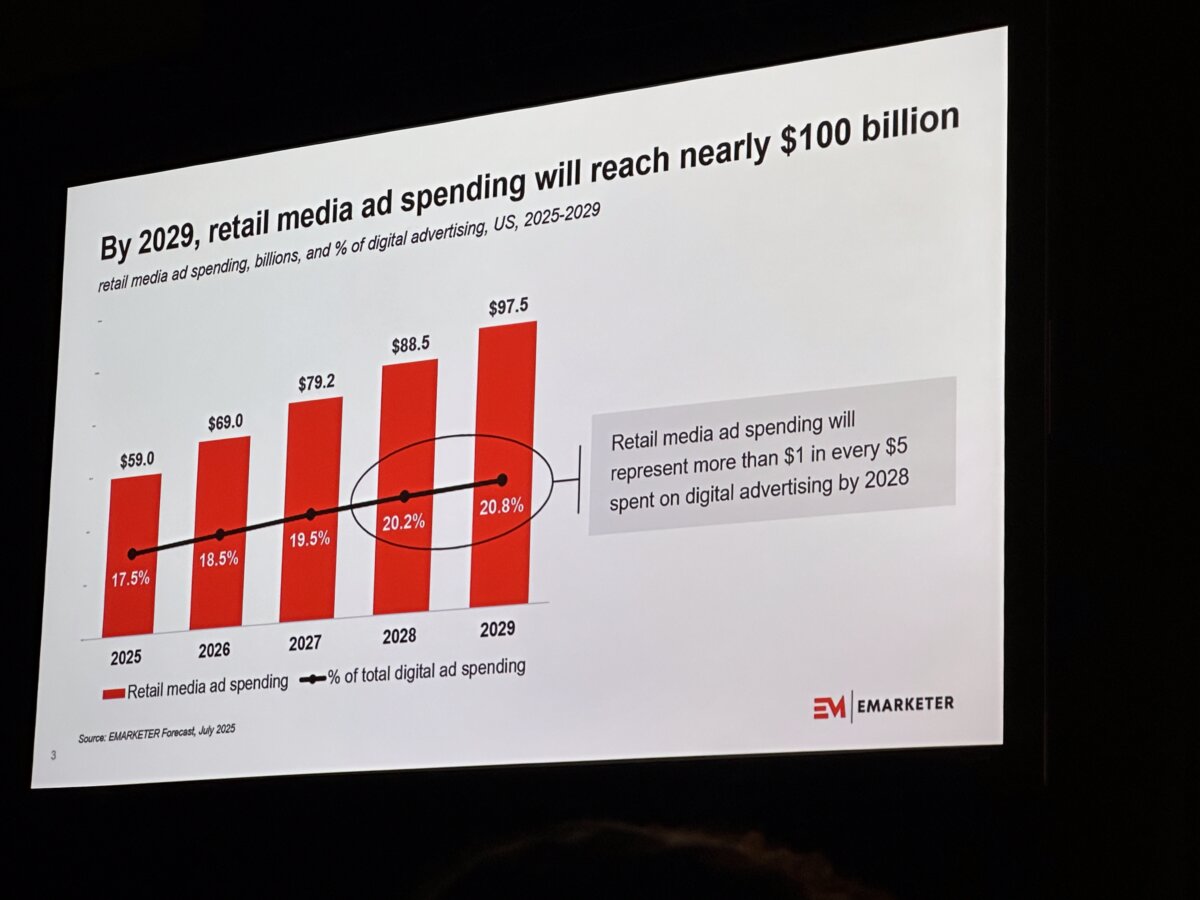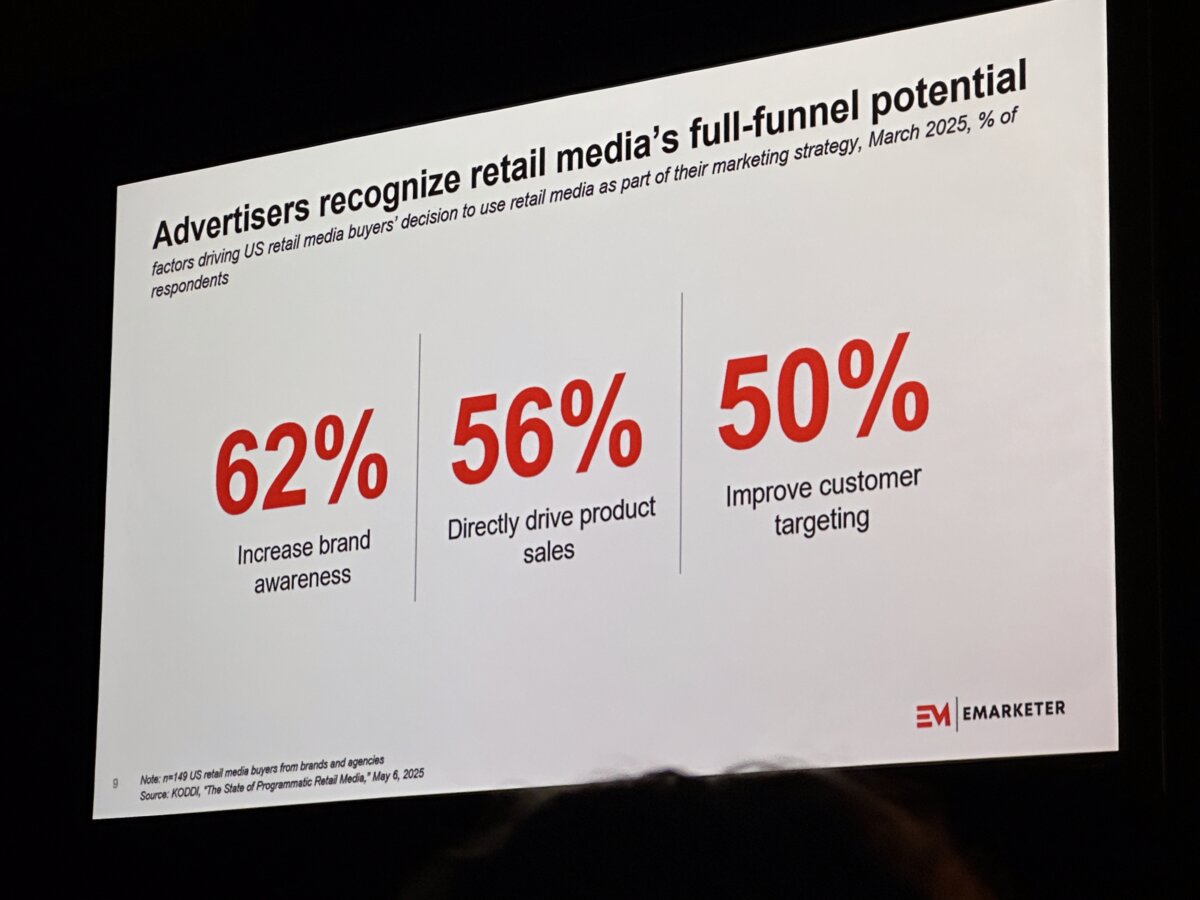| October 11, 2021
Broadsign selected by Laysa Digital for the largest DOOH roadside network in Moscow
Conversion begins with 33 digital billboards.
Moscow, Russia. January 18, 2017. Broadsign International, LLC’s automated digital out-of-home software has been selected by Laysa Digital LLC for its transit network in Russia. The initial conversion consists of 33 digital billboards on the busiest freeways in Moscow.
“We selected Broadsign’s platform as it is an affordable, professional tool that fulfils our needs of stability and robustness when operating such visible displays,” said Ruslan Jeludik, Managing Partner at Laysa Digital. “We are excited to have an experienced DOOH partner like Broadsign and look forward to taking digital signage to the next level in Russia.”
Laysa Digital plans to grow its ad-based network of 5×15 meter LED roadside displays in Moscow and other key Russian cities. Clients include Disney, Mercedes, Sony, Asus, Kinder and MasterCard.
“Broadsign is aligned with Laysa Digital’s forward-thinking objectives for the DOOH industry in the Russian market,” said Maarten Dollevoet, Vice President, Global Sales at Broadsign. “We are eager to assist the high-profile network’s growth in premium sites across the country with our scalable, cloud-based platform and features that cater to advertiser requirements.”
To learn more about current and future Broadsign offerings, meet with a representative during Integrated Systems Europe or apply for a Free Trial.
About Broadsign
Broadsign is the leading digital out-of-home (DOOH) marketing platform that enables brands, agencies and DOOH media publishers to buy, sell, and deliver DOOH campaigns efficiently, reliably and securely. Lighting up airports, shopping malls, health clinics, street corners and more, the Broadsign platform powers screens at the heart of people’s lives and delivers more than 11 billion ads and 30 billion impressions per month.
The Broadsign marketing platform includes Broadsign Control for content distribution, playback and proof of performance, Broadsign Direct for sales inventory availability and proposal generation, and Broadsign Reach, a customized SSP for programmatic DOOH transactions.
About Laysa Digital
Laysa Digital LLC is a digital advertising technology agency, with services consisting of LED equipment supply, development of promotional materials and design documentation, content creation and campaign metrics.



